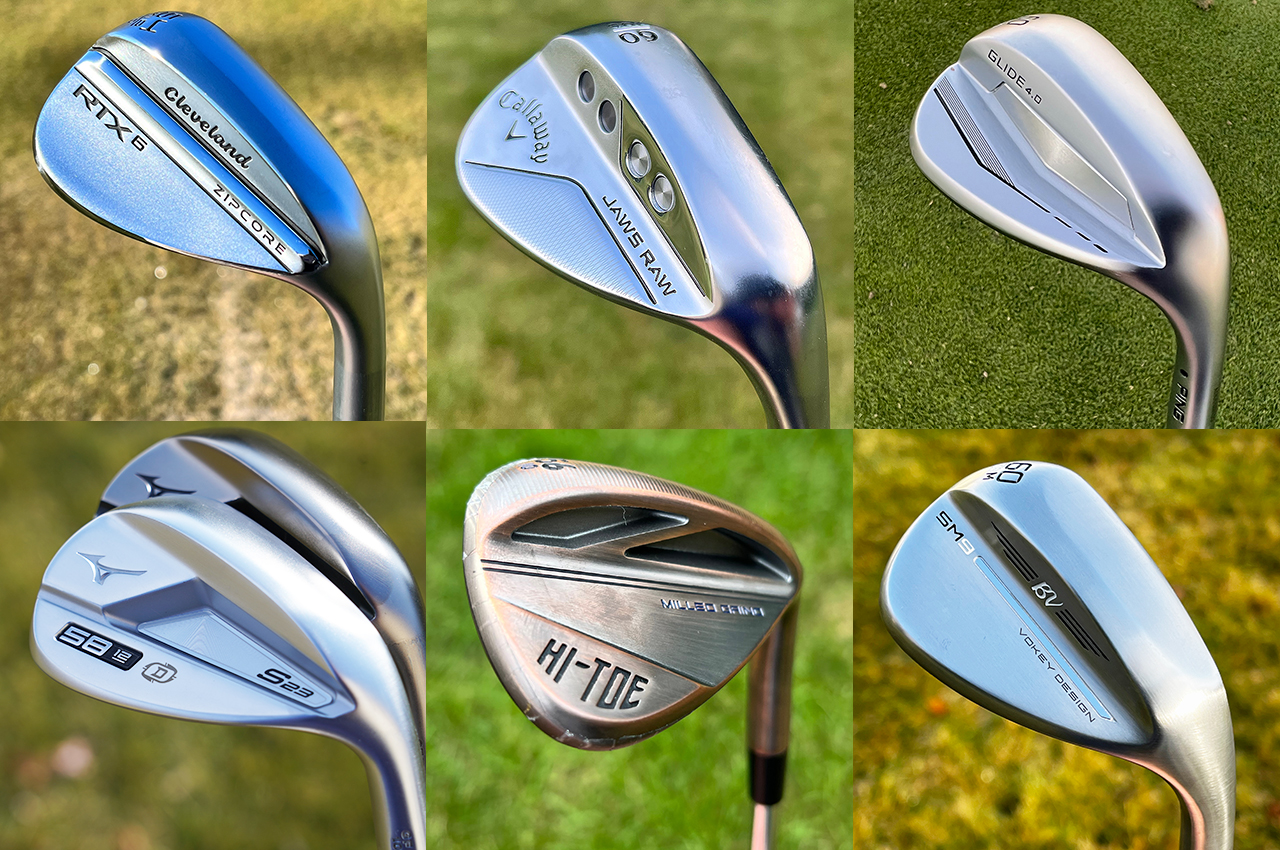Finding the right wedges, and learning a few basic techniques, can dramatically lower a recreational golfer’s score because suddenly instead of needing three shots (or four) to get the ball in the hole after your approach shot misses the green, you only need two. Chipping, pitching and hitting the ball closer from greenside sand takes some pressure off your putting and allows you to relax from the fairway.
So how to you find the ideal wedges? Easy, work with a good custom fitter, ask a lot of questions and if you can, take some time to think about where you play and how you play before you buy anything. Here are some things to consider:
- What pitching wedge do you want? Back in the day, many iron sets came with a 10-iron, but that club transformed into today’s pitching wedge. You should still consider it an extension of your irons because you are going to use it most often from the fairway (or fairway rough) to hit approach shots. The pitching wedge that comes with iron sets should blend seamlessly from the 9-iron, making gapping between those clubs easy. If you want a specialty pitching wedge, find out the loft of your 9-iron and then talk with your fitter about what loft will be appropriate for your pitching wedge. Iron lofts have strengthened over the last decade, you don’t want to buy a 48-degree pitching wedge if your 9-iron has 37 degrees of loft.
- Your gap wedge needs to be stronger, too. If the loft of your pitching wedge has to be stronger to make the gap between it and your 9-iron appropriate, your gap wedge loft will also likely need to be stronger. The most-popular loft for a gap wedge these days is 50 degrees
- Bounce: Give yourself options. There are lots of different sole configurations in sand wedges and lob wedges, but it’s smart to have one club be a low-bounce option and the other be a high-bounce club. Which should be the low and which should be the high is up to you (and your fitter, hopefully), but having a low-bounce and a high-bounce option means that from hard-pan lies, in sand and from all kinds of rough, you will have something you can use confidently.
- If you play a lot, replace your lob wedge often. Pros on the PGA Tour get a new pitching wedge and gap wedge about once a year, but they replace their sand wedge two or three times a year. Lob wedges (58, 60 and 62 degrees) can be replaced as much as six or seven times a year because elite golfers demand the grooves stay sharp. They practice with their lob wedges a lot, and sand, dirt and debris can dull the grooves quickly. You likely are not practicing and playing as much as a tour pro, but if you play year-round and notice that short chips and pitches are releasing and rolling out more than your expect, it might be time to get some fresh grooves in your bag.
Here are the wedges that you are likely to see in pro shops and golf specialty stores right now.
[the_huddle]

